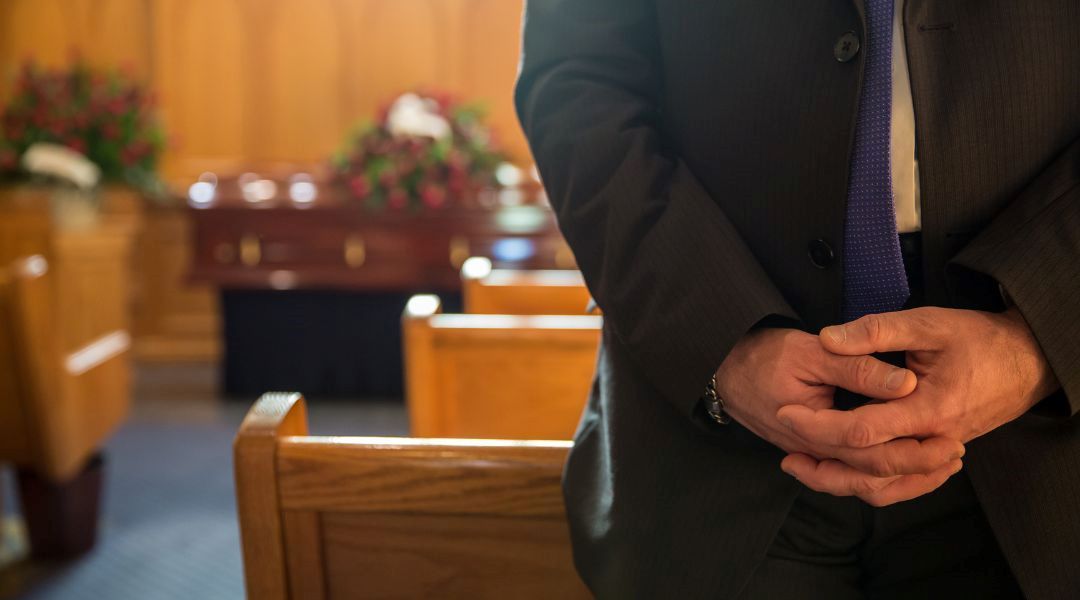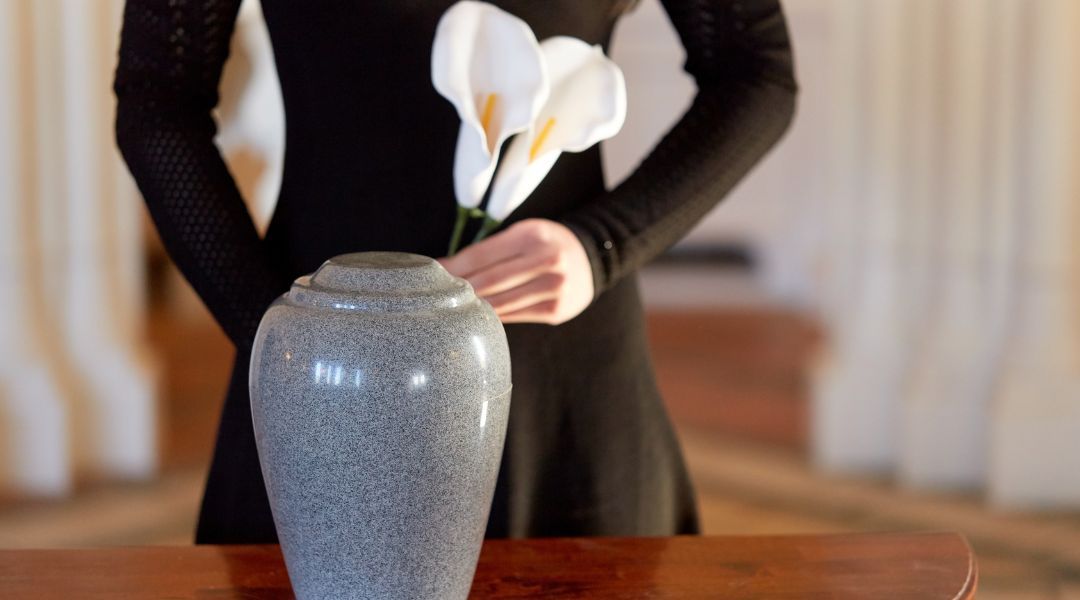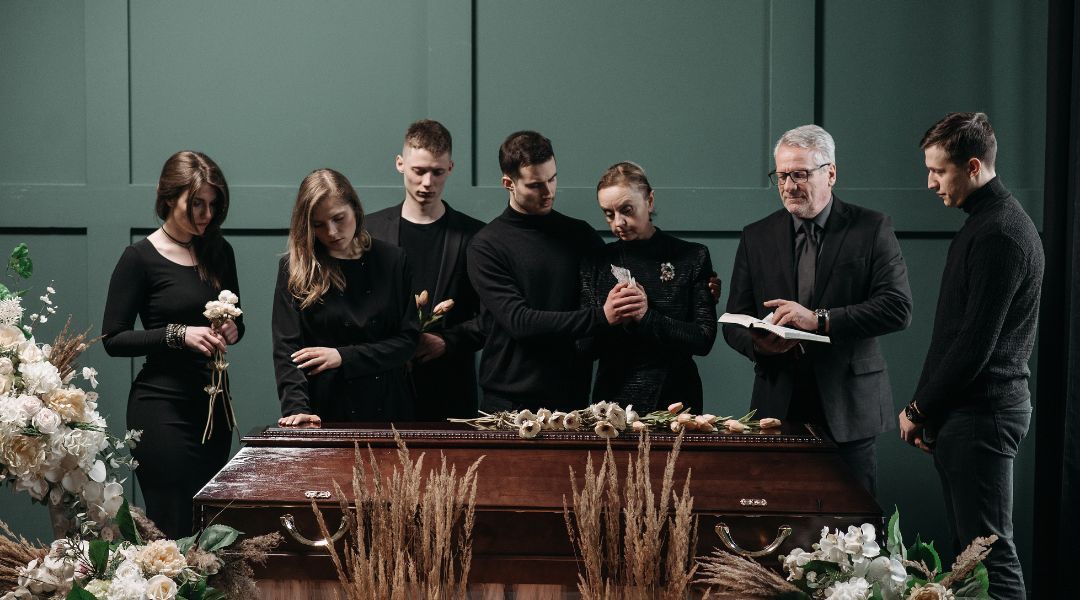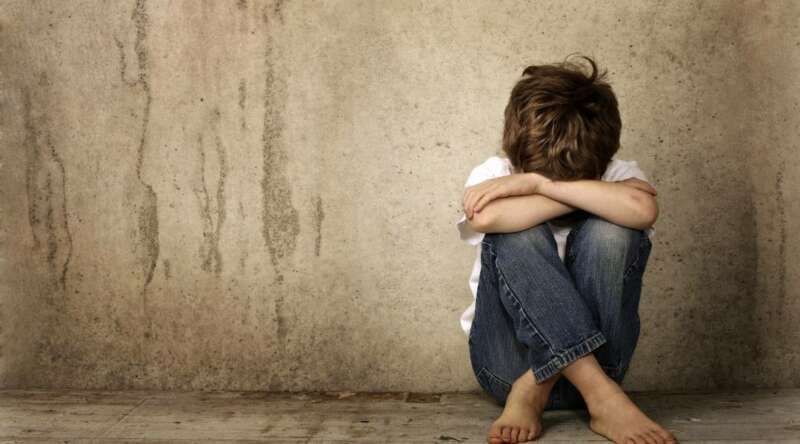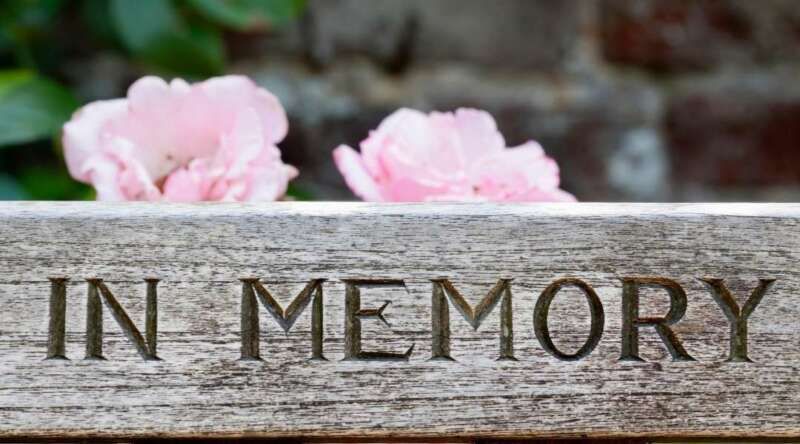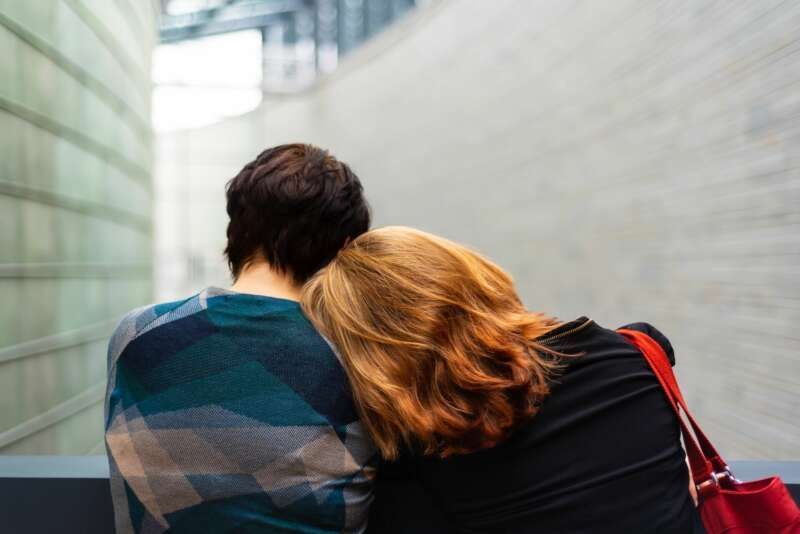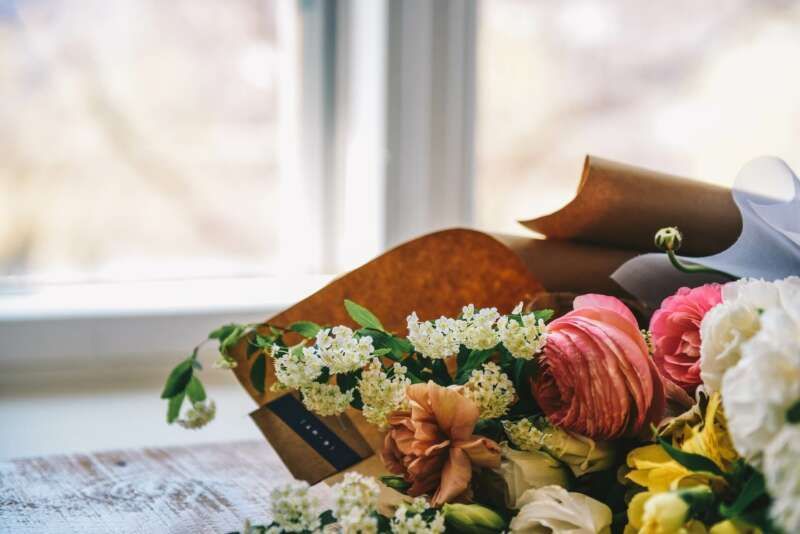The Proper Etiquette for Photographs at Funerals

Navigating the delicate path of funeral etiquette, particularly involving photographs, can seem overwhelming. At Cunningham Turch Funeral Home, we understand this challenge, and thus, we aim to guide you through it. Respecting both the memory of your loved ones and those attending is vital when considering taking pictures at a service or wake.
Allow us to provide insight into maintaining decency while capturing these poignant moments on camera.
Understanding Privacy Needs During a Funeral
You might find yourself at a funeral where your inner photographer yearns to capture the meeting of friends and family. However, you must bear in mind that such delicate moments call for sensitivity, not photoshoots. Unplanned clicks can stir up unnecessary tensions or intrude on personal grief.
Should photography be essential, always request consent from the bereaved family first. Avoid taking shots within the premises; rather, choose an outdoor setting before or after service hours to create memories. In case mourners have requested you to take snaps during service time, ensure minimal disruptions caused by flashlights or loud instructions about picture-taking sessions.
Remember how critical it is to provide people with their private space while dealing with loss. Refrain from capturing anyone visibly upset during these trying times. The ultimate aim is to respect everyone’s emotions without destroying the peaceful mourning ambiance with insensitive photo captures.
Asking Permission to Take Photos
When considering taking photos at a funeral, always keep in mind that permission is vital. Start by asking close family members if they’re comfortable with you capturing the event on camera. They’re dealing with their loss, and their wishes should be paramount.
Be sensitive when approaching this topic, as mourning times can create heightened emotions. If granted consent, try to discreetly photograph without disturbing or distracting others present during the service or wake sessions.
Refraining from Obtrusive Photography
Be mindful not to cause a disturbance with your camera. Constant clicking sounds during a solemn occasion can be disruptive. People are there mainly to grieve and remember the departed, so avoid becoming an annoyance or distraction by being obtrusive with photography.
Use silent mode if you have it on your device, and minimize flash usage as much as possible, especially when indoors. Keep yourself discreet while operating the camera; don’t let it become a focal point of attention instead of the ceremony itself. Remember that some moments simply shouldn’t be captured through lenses but rather experienced in their raw essence, like emotional eulogies or private family goodbyes at caskets.
Ultimately, maintain decorum above all else; respect needs to dictate every action, including taking photographs. This way, you ensure your picture-taking doesn’t detract from anyone’s experience of saying farewell at such crucial times.
Proper Dress for Photographers
The appropriate attire for photographers at funerals matters greatly. Dressed in a professional, understated manner, you should blend into the background seamlessly. Avoid bright colors or flashy clothes that draw attention to yourself while working.
Dark-colored suits work well for men, and similarly, conservative dresses or pantsuits stand as good choices for women. Pay heed to your footwear, too; opt for comfortable yet formal shoes since standing on your feet most of the day is likely unavoidable in this role. Your clothing shouldn’t only show respect but also provide ease and freedom of movement so you can navigate quietly around without drawing unwanted attention due to rustling fabrics or squeaky shoes during crucial, solemn moments.
Respectful Angles and Shots of the Body
Proceed with discretion when capturing images of the deceased. Despite your role as a photographer, you should respect those moments filled with grief and reverence. If asked by relatives to take such poignant shots, ensure they appear respectful.
Consider employing natural light instead of solely flash photography for these sensitive photos. Become adept at utilizing nondisruptive angles that won’t interfere with or distract mourners during their solemn moment. Choose techniques that accentuate serenity while showcasing the beauty inherent in final goodbyes rather than focusing on aspects triggering pain and sadness.
Capture images from distances, providing privacy yet communicating essence, too. Refrain entirely from taking pictures if it appears inappropriate or disrespectful in any way, given the circumstances and mood around you. Remember, you aim to help preserve memories without causing additional distress among grieving family members attending the service.
Reviewing Photographs with Mourners
As you navigate the aftermath of a funeral service, tread lightly when it comes to sharing and reviewing photographs. Some mourners may find comfort in these visual memories, while others could perceive them as intrusive reminders of their sorrow. Ensure you always obtain explicit consent before displaying any images to third parties or even fellow funeral attendees.
Remember that people grieve differently; some might appreciate revisiting those moments soon after, while others can take longer periods for emotional recovery. By demonstrating discretion in this sensitive matter, respect remains intact regardless of personal views on post-funeral photography consumption.
Sharing Funeral Photos Appropriately
When you’re at a memorial service, the act of taking pictures is not about capturing memories for yourself. It’s vital to focus on what those in mourning need. Only capture images if requested by the deceased’s family; they exist as an extension of their memory-making process rather than your personal album.
Outside settings are more suitable for group photos with relatives or friends who rarely meet up, away from funeral spaces, which require quiet respect and reverence. Avoid using flash when photographing people; instead, aim for natural lighting so that captures feel genuine and comfortable. Remember, sharing photographs taken should be done thoughtfully, right after consultation with grieving kin before dispersal onto social media platforms or elsewhere, ensuring emotions aren’t disrespected through exposure without approval.
Understanding proper etiquette for taking photographs at funerals ensures respect. At Cunningham Turch Funeral Home , we advise asking for the family’s consent first. Prioritize capturing meaningful moments discreetly without disrupting services.
Remember, people grieve differently. Some might see commemorative photos as a comfort to cherish lost loved ones’ memories rather than an intrusion into their personal space during those difficult times.
The post The Proper Etiquette for Photographs at Funerals appeared first on Cunningham Turch Funeral Home.
